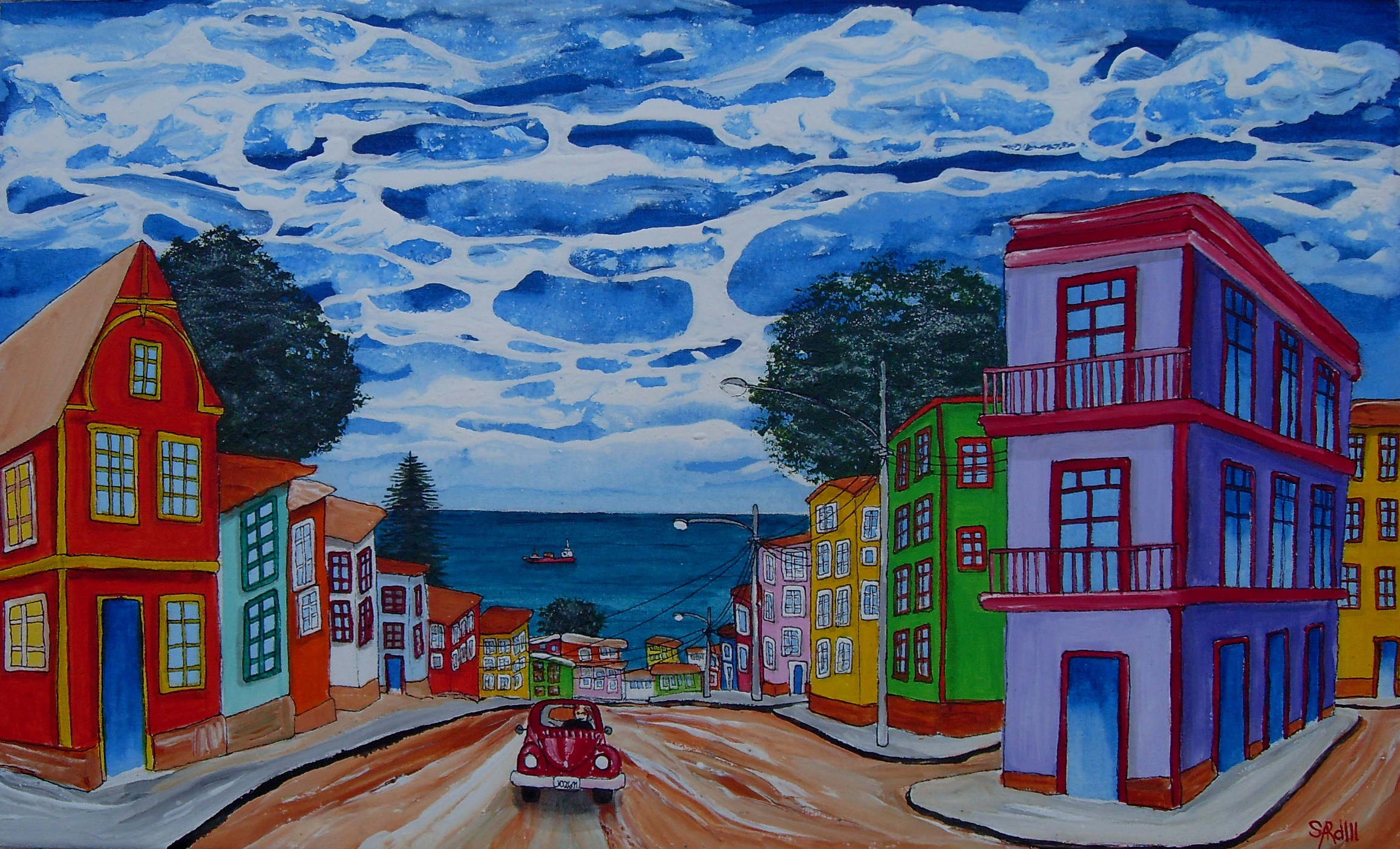
Océano
Siempre soñó con el océano. Lo que se llama soñar, despierto y dormido. En todos sus sueños, el que fuera, incluyendo pesadillas, estaba el océano. A veces no se veía, en el sueño, pero allí estaba, en alguna parte. En otros, volaba sobre él y en otros, viajaba sumergido por sus indescifrables aguas. Sin embargo, sucedió que un día se fue a vivir frente a las olas, y tuvo la ocurrencia de nadar mar adentro todos los días. Entonces, el océano, con sus mareas, se le introdujo en el cuerpo. Y desde entonces, cada vez que se iba a dormir, ya no sentía la cama, sino que flotaba entre la musculatura oceánica. Y ahora ya no sueña con el océano porque lo tiene dentro.
He always dreamed of the ocean. You could say constantly dreamed, daydreaming or asleep. The ocean was there, in all of his dreams, even nightmares. Sometimes it wasn’t visible, in the dream, but it was there somewhere. In others, he flew over it, and in others, traveled submerged through its indecipherable waters. It so happened, however, that one day he went to live across from the waves, and had the thought to swim daily in the sea. Well, the ocean and its tides found their way into him, too. And ever since then, when he went to sleep, he no longer felt the bed, but felt himself instead floating on the ocean’s muscles. He doesn’t dream of the ocean anymore because it’s now inside him.
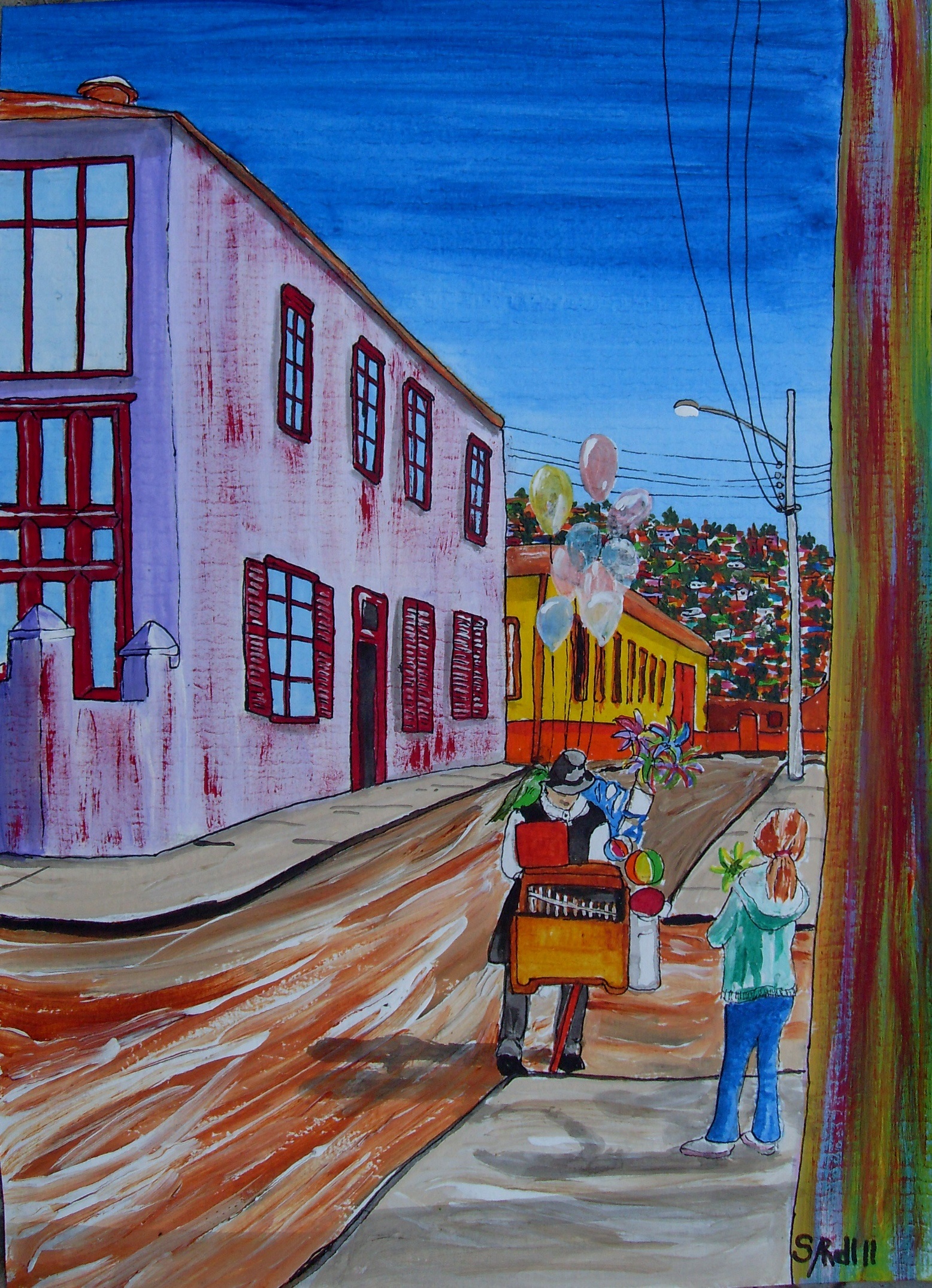
Organillero
Esta chica, de doce y de quien no sabremos su nombre, está convencida que el organillero es un mago al sacar aquella soleada música de la caja y que su loro, puede hablar debido a un pacto que ha hecho con un pirata. Es fin de semana y con sus padres, han venido a Valparaíso de paseo tras la insistencia de ella. Ellos, sus padres, han estado desde hace un tiempo en conversaciones para llevar a cabo la separación y esto, a esta chica la tiene con una tristeza oceánica. Entonces, piensa, o más bien siente, que si los tres empiezan a venir a Valparaíso en busca del organillero, éste les terminará traspasando su magia para que estén siempre juntos. Y en estos instantes, sopla su remolino pidiendo el primer deseo.
This girl, twelve years old, her name unknown to us, is convinced that the organillero is a magician, to conjure that sunny music out of the box, and that his parrot can talk because of a deal struck with a pirate. It’s a weekend when she and her parents have come to Valparaiso because she insisted on it. They – her parents – have been talking for some time about going through with a separation, and this fills her with sadness as vast as the ocean. But then, she thinks, or actually feels, that if the three of them start coming to Valparaiso to see the organillero, his magic will eventually rub off on them, so they’ll always be together. At that very moment, she blows on her pinwheel and makes the first wish.
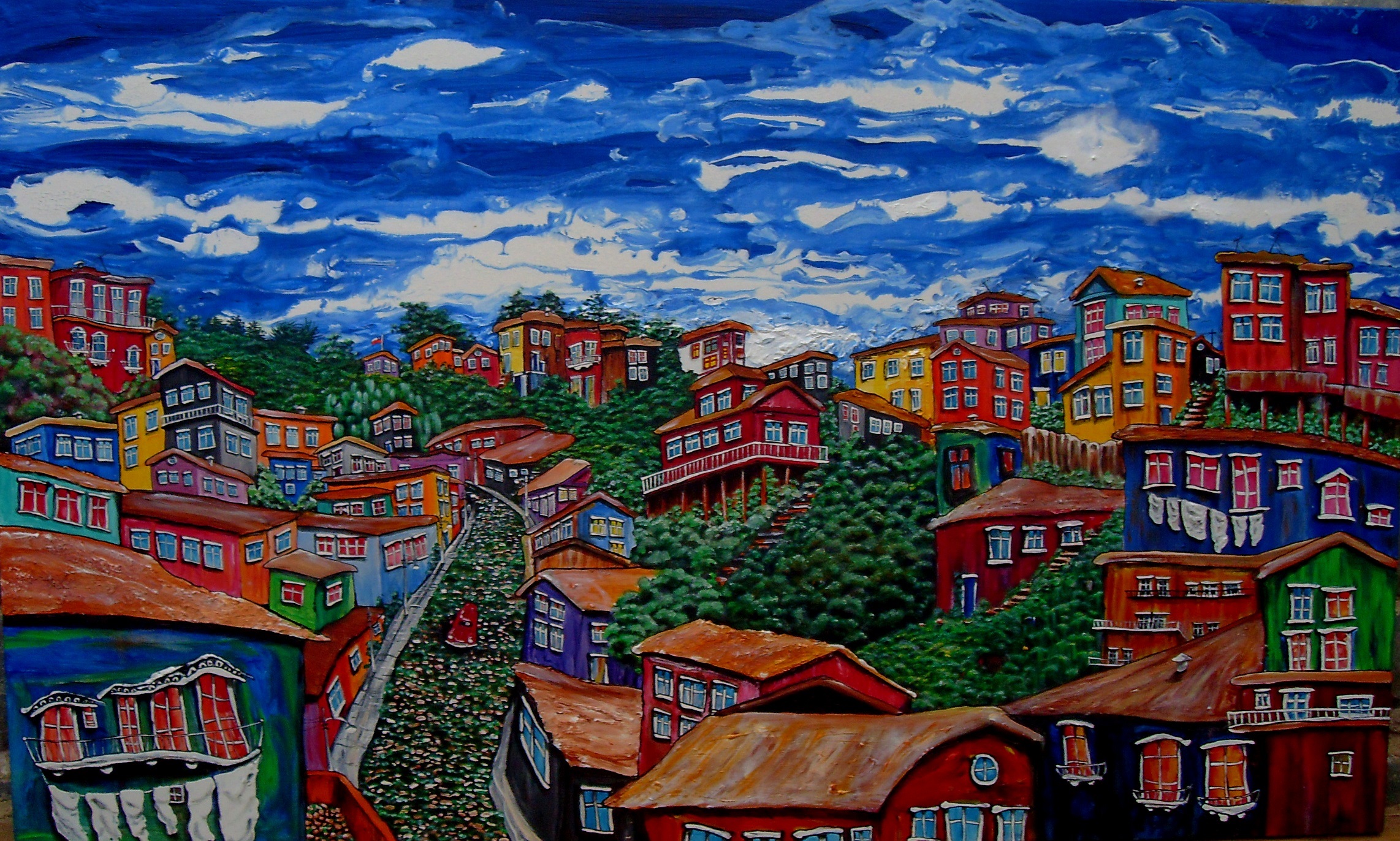
Hermanos
Al salir lo primero que hace es encender un cigarrillo y escupir sobre la calle. Son las siete de la mañana de cualquier día. Después piensa con todas sus fuerzas en su hermano enfermo, el que no puede levantarse. Luego camina, calle abajo, con una calma de otro mundo que cualquiera se quisiera. Es otoño y es Valparaíso también. Trabajar de nochero en un hotel no es lo más bonito del mundo, pero qué más da, peor es andar por ahí viendo cómo sacar algo de plata en esto o lo otro, de allá para acá. Y camino a su casa, se mete a la panadería, una de las pocas abiertas a esa hora en la ciudad, y compra pan para el desayuno, un poco de jamón, queso y un paquete de galletas bañadas en chocolate. En la calle nuevamente, lo primero que hace es encender otro cigarrillo y escupir sobre la vereda, abrigándose con las solapas de la casaca. Entonces, cuando la luz del día empieza a asomarse por todos lados, entra a la cocina, deja la bolsa e inmediatamente se va hacia la pieza de su hermano, que en ese momento, como cada mañana a esa hora, ve la televisión. Y se recuesta en su cama, con cuidado, a su lado, preguntándole, ¿qué ves? No sé, una película o quizá las noticias, ya me pierdo, responde. Luego, hay un silencio de dos segundos que podrían ser dos semanas o diez años en que ambos miran hacia la televisión. De piedra. Y antes que salga el sol del todo, mete su mano en el bolsillo de la casaca sacando el paquete de galletas diciéndole, sin dejar de mirar la tele un instante: te traje esto. Dos minutos después, así, vestido aún y sobre la cama, se queda dormido.
Stepping out, the first thing he does is light a cigarette and spit into the street. It’s seven in the morning on an ordinary day. He thinks intently about his sick brother, the one who can’t get up. He walks down the street, with a calm about him that’s almost unearthly and most would envy. It’s autumn and it’s also Valparaiso. Working the overnight shift at a hotel is not the most glamorous job in the world, but, no matter, it’s not as bad as bouncing around trying to figure out how to make some money somehow, here and there. On his way home, he stops into the bakery, one of the few open at this hour, and he buys bread for breakfast, a bit of ham, cheese, and a pack of chocolate covered cookies. Outside again, the first thing he does is light another cigarette and spit onto the sidewalk, pulling up the flaps of his jacket for warmth. And just as daylight is beginning to peek into everything, he walks in through the kitchen, sets down the bag and goes straight to his brother’s room, who, like every morning at this time, is watching tv. He lies down on the bed, carefully, next to him, asking, what are you watching? Don’t know, a movie, or maybe the news, I can’t follow anymore, he answers. Then, a silence that seems like two seconds that could be two weeks or ten years, both of them looking at the tv. Stone like. And before the sun is completely up, he puts his hand into his jacket pocket and brings out the pack of cookies, without for an instant taking his eyes off the tv, saying, I brought you this. Two minutes later, still fully dressed, upon the bed, he falls asleep.
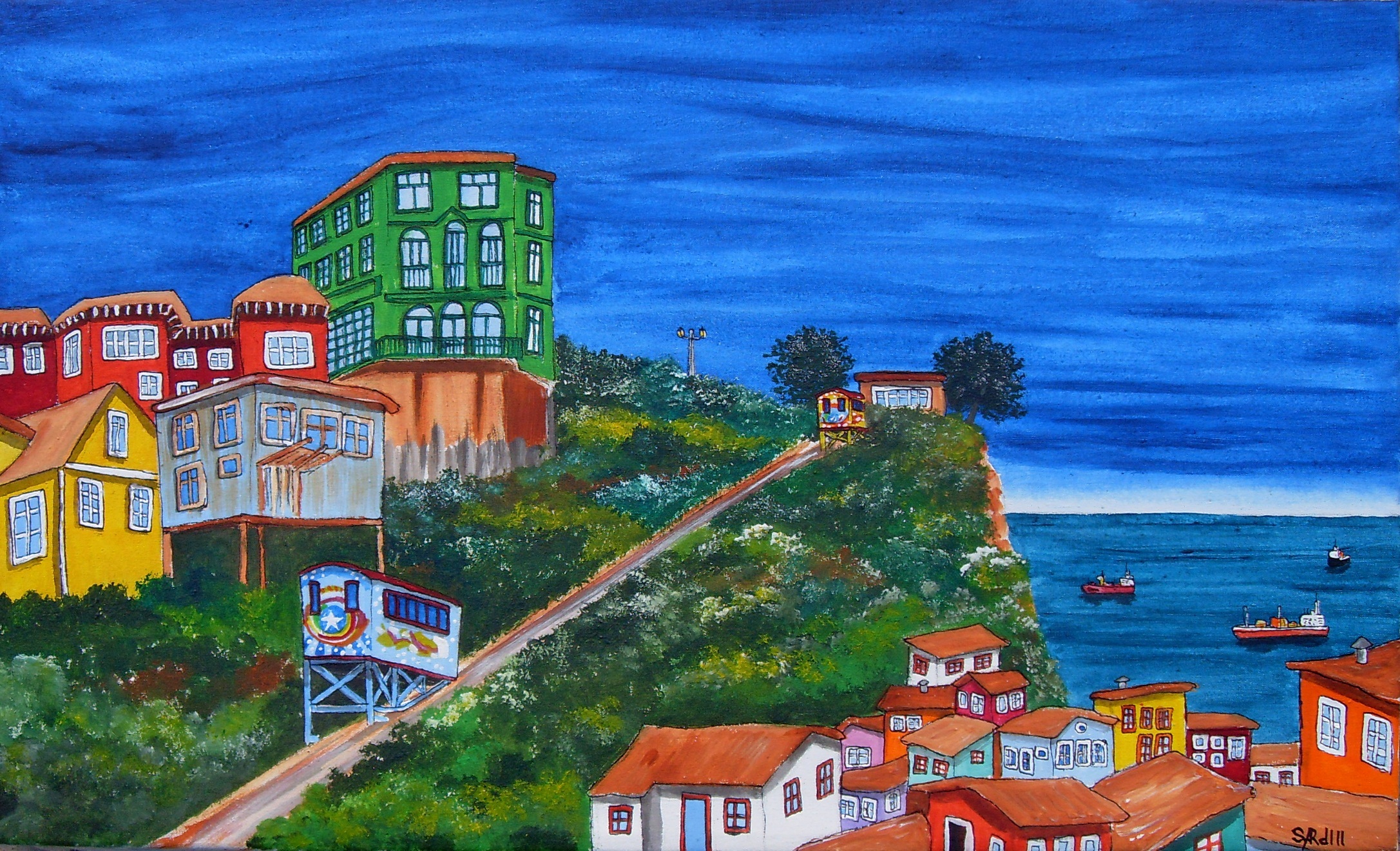
La señora Flora
En la casa verde cítrica, vive la señora Flora. Si tiene que ir al plan de compras, lo hace en las arañas trepa cerros. Al bajar, espera la amarilla, según ella, porque es el color de la esperanza y cuando sube, siempre toma la celeste puesto que está convencida que es la que la llevará hasta el infinito. Convive con diecinueve gatos, trece espejos y un fantasma. Le obsesionan las partitas de Bach. Su ropa interior es blanca. Si le dan a elegir una fruta prefiere lejos la sandía. Hace no mucho escribe sus memorias. Colecciona objetos de vidrio en miniatura. Se lava los dientes con meticulosidad por la madrugada y al acostarse. Por estos días está leyendo obsesivamente a Walser, hasta que desaparece la luz del día. Entonces, deja el libro sobre la mesa en medio de la penumbra, va hasta la ventana que mira al norte, la abre y él entra. La señora Flora. Apaga la luz cerca de las once y se levanta antes de las siete.
Mrs. Flora lives in the lime green house. If she has to visit the shops, she does so on the so-called “spiders” that climb the hills. On her way down, she waits for the yellow one, she says because it’s the color of hope, and on her way up, she always takes the light blue one, convinced it will take her to the infinite. She lives with nineteen cats, thirteen mirrors and one ghost. She’s obsessed with Bach compositions. Her undergarments are white. If given a choice of fruit, her favorite is watermelon by far. She’s recently begun writing her memoir. She collects miniature glass objects. She brushes her teeth meticulously, morning and night. These days, she’s reading Walser compulsively, until the light of day fades away. Then, she sets the book down on the table in the dimness, goes to the window that looks north, opens it, and he enters. Mrs. Flora. She turns the lights off around eleven and is up before seven.
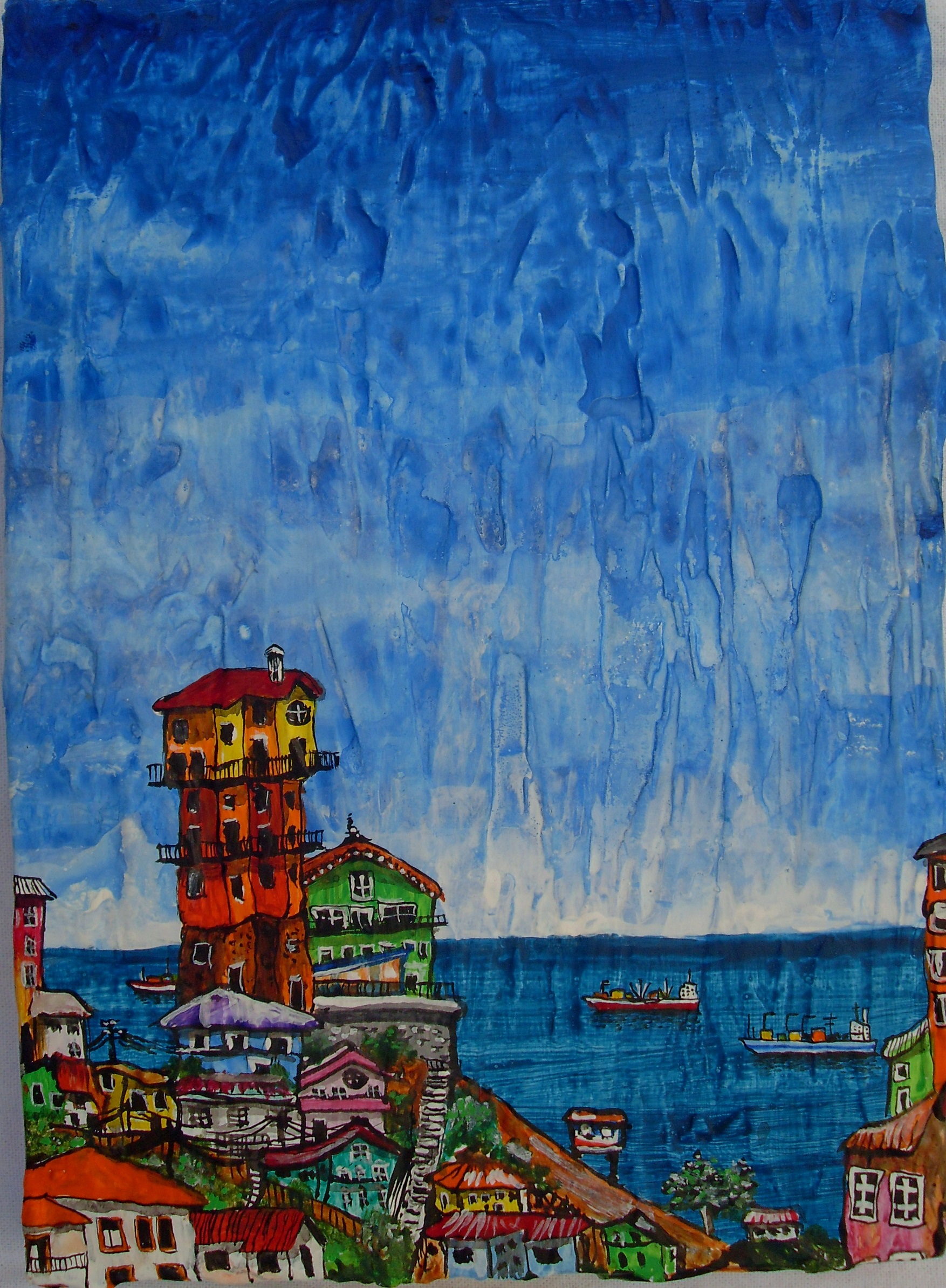
Un día perfecto
Hoy es un día perfecto. Al meterme a la ducha a las siete de la mañana reparé que habían cortado el gas y me tuve que bañar con agua fría. Por supuesto después no pude beber mi café como menos desayunar y cuando salía de la casa, cerré mal la puerta quebrando la llave dentro del cilindro. Ya en la calle y al subirme a la bicicleta, pinché la rueda trasera teniendo que ir de urgencia a repararla en donde todo a esa hora estaba cerrado. En la espera perdí dos trabajos, me llamaron de otro y cuando por fin iba de camino, me asaltaron robándome todo el dinero que llevaba salvo la bicicleta. Con las rodillas rotas y el ojo izquierdo hinchado, me topé de frente con una marcha estudiantil teniendo que salir de ahí corriendo antes que la policía me cayera encima. Y cuando estaba por llegar a mi destino, noté que iba con una hora de retraso por tanto todo era inútil hasta que a mis espaldas, escuché mi nombre y al voltear, vi que eras tú.
Today is a perfect day. When I stepped into the bath at seven this morning, I realized the gas had been shut off and I had to take a cold shower. Then, of course, I wasn’t able to have coffee, much less breakfast, and when I was leaving the house, I didn’t shut the door properly and the key broke inside the lock. Already out the door, as I got on my bike, the back tire went flat and needed urgent repair but the shops were still closed at that hour. While I waited, I missed out on two jobs, got called for another, and when I was finally on my way, I was mugged for the cash I carried, but my bike was spared. With my knees busted up and my left eye swollen, I rode head-on into a student street protest and had to speed the heck out of there before the police descended on me. And when I’d nearly made it to my destination, I realized I was an hour late, and that it was pointless, until, behind me, I heard my name, and when I turned around, I saw it was you.